SOURCE: IDRW.ORG
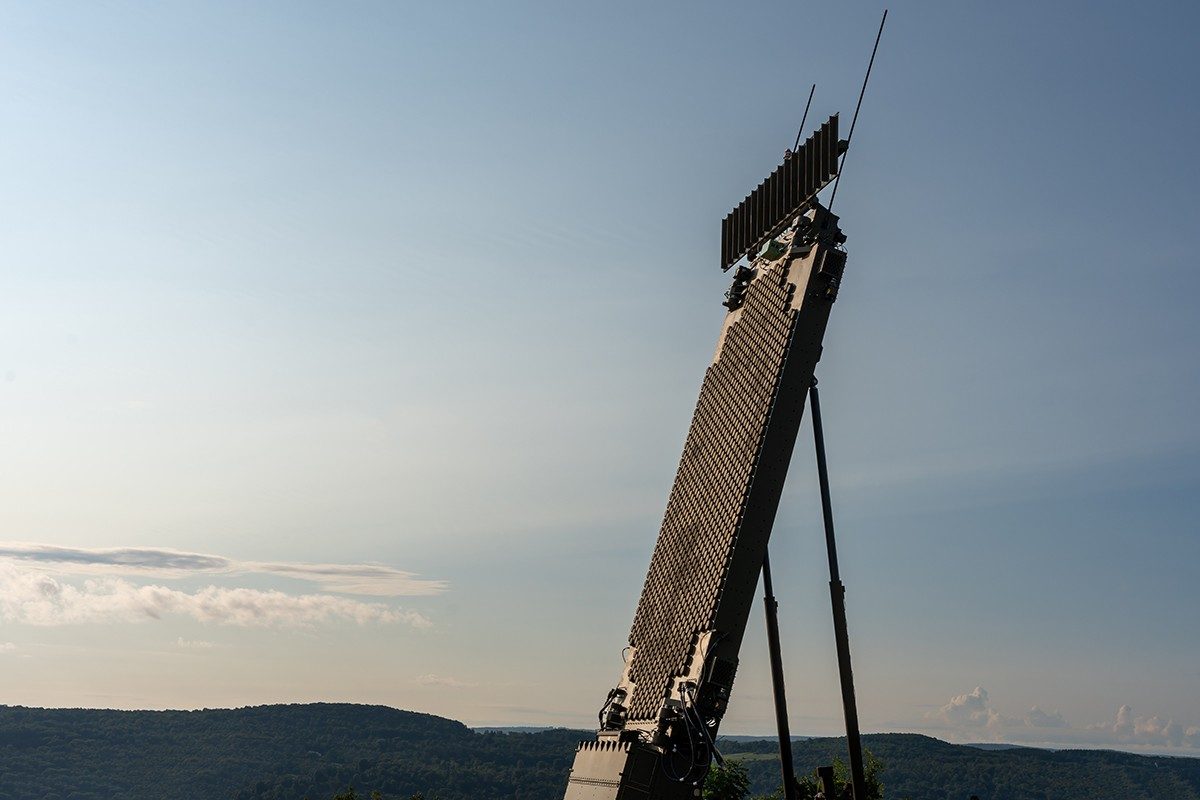

As stealth fighter jets are expected to become a routine feature near India’s borders, the Indian Air Force (IAF) is stepping up efforts to bolster its radar capabilities. Both China and Pakistan are projected to field stealth aircraft in significant numbers in the coming years, posing new challenges to India’s air defense network. To counter this evolving threat, the IAF is focusing on deploying advanced radars that operate in the Ultra High Frequency (UHF) and Very High Frequency (VHF) bands, which are effective at detecting stealth aircraft.
An IAF official, speaking to idrw.org, emphasized the importance of early detection systems, stating, “These radars will play a crucial role in identifying stealth aircraft and mitigating potential misadventures.”
Continue readingSOURCE: IDRW.ORG


The Indian Air Force (IAF) is poised to enhance its strategic capabilities with the local production of the Crystal Maze 2, also known as ROCKS, a medium-range ballistic missile developed by Israel. This missile, which has been integrated into the IAF’s Su-30MKI, MiG-29UPG, and Jaguar aircraft, represents a significant step forward in India’s defense strategy, particularly in air-to-surface engagements.
The Crystal Maze 2 is engineered for precision strikes, targeting high-value assets critical to enemy operations. With a strike range exceeding 250 kilometers, this missile allows for engagement at distances that keep the launch aircraft safely out of harm’s way. Its design is particularly adept at operating in GPS-denied environments, a crucial feature in contemporary warfare scenarios where adversaries might employ electronic warfare techniques or establish anti-access/area denial (A2AD) zones to thwart incoming threats.
Continue readingSOURCE: AFI


In an unexpected turn of events, a special defense team has been appointed to investigate the discovery of an unmanned aerial vehicle (UAV), identified as a target drone likely belonging to the Indian Air Force, found floating off the coast of Trincomalee, Sri Lanka. The drone was spotted by local fishermen approximately 35 nautical miles from the shore.
Air Force Media Spokesman Group Captain Eranda Geeganage has confirmed that the UAV is a type commonly utilized in military training exercises. He emphasized that Sri Lanka does not have similar drones in its military inventory. “The drone poses no threat as it contains no explosives,” he assured, adding that this was not an isolated incident, referencing a similar discovery in 2020.
Continue readingSOURCE: AFI


In a recent statement, Abhijit Iyer-Mitra, a Senior Fellow at the Institute of Peace and Conflict Studies (IPCS), has cast doubts on China’s claims regarding their mastery over fifth-generation (5G) fighter jet technology. Speaking from his expertise in defense economics and technology, Iyer-Mitra highlighted several technical shortcomings in Chinese aviation advancements, contrasting them with India’s own challenges in military technology.
Iyer-Mitra pointed out that while China has been showcasing its J-20 and FC-31 (also known internationally as the Gyrfalcon) as 5th generation fighters, these aircraft suffer from significant engine issues, particularly “huge engine bleed.” This refers to the inefficiency in engine design where air leakage affects performance, which is a critical aspect for stealth capabilities and overall aircraft maneuverability.
Continue readingSOURCE: AFI


In a significant advancement for India’s naval technology, the Secretary of the Department of Defence Research and Development (DDR&D) and Chairman of the Defence Research and Development Organisation (DRDO), Dr. Samir V. Kamat, presided over the steel cutting ceremony for the Air Independent Propulsion (AIP) system at Larsen & Toubro’s (L&T) Hazira facility today. This ceremony marks a crucial milestone in the AIP program, heralding the beginning of the manufacturing phase for this innovative technology.
The AIP system, developed by DRDO, is set to enhance the endurance and stealth capabilities of India’s Kalvari-class submarines, allowing them to stay submerged for longer periods without surfacing for air. This technology is vital for operations in strategic waters, where maintaining a low acoustic profile is paramount. The steel cutting ceremony is not just a procedural step but symbolizes the transition from design and development to tangible production.
Continue readingSOURCE: AFI


In a strategic move aimed at bolstering its defense capabilities, Bangladesh has reportedly approached Pakistan to procure Short Range Ballistic Missiles (SRBM), according to an Indian intelligence report. The request specifically targets the Abdali SRBM, which has a range of less than 400 kilometers, ostensibly to serve as a deterrent against India.
The Abdali SRBM, known within Pakistan’s military as Hatf-II, is a tactical ballistic missile designed for battlefield use. Its range, while limited, is sufficient to reach several significant cities in India’s northeastern states, making it a potential asset for Bangladesh in regional security dynamics. This missile system, developed by the Space Research Commission (SUPARCO) of Pakistan, has been in service with the Pakistan Army, providing a quick reaction capability in tactical scenarios.
Continue readingSOURCE: AFI
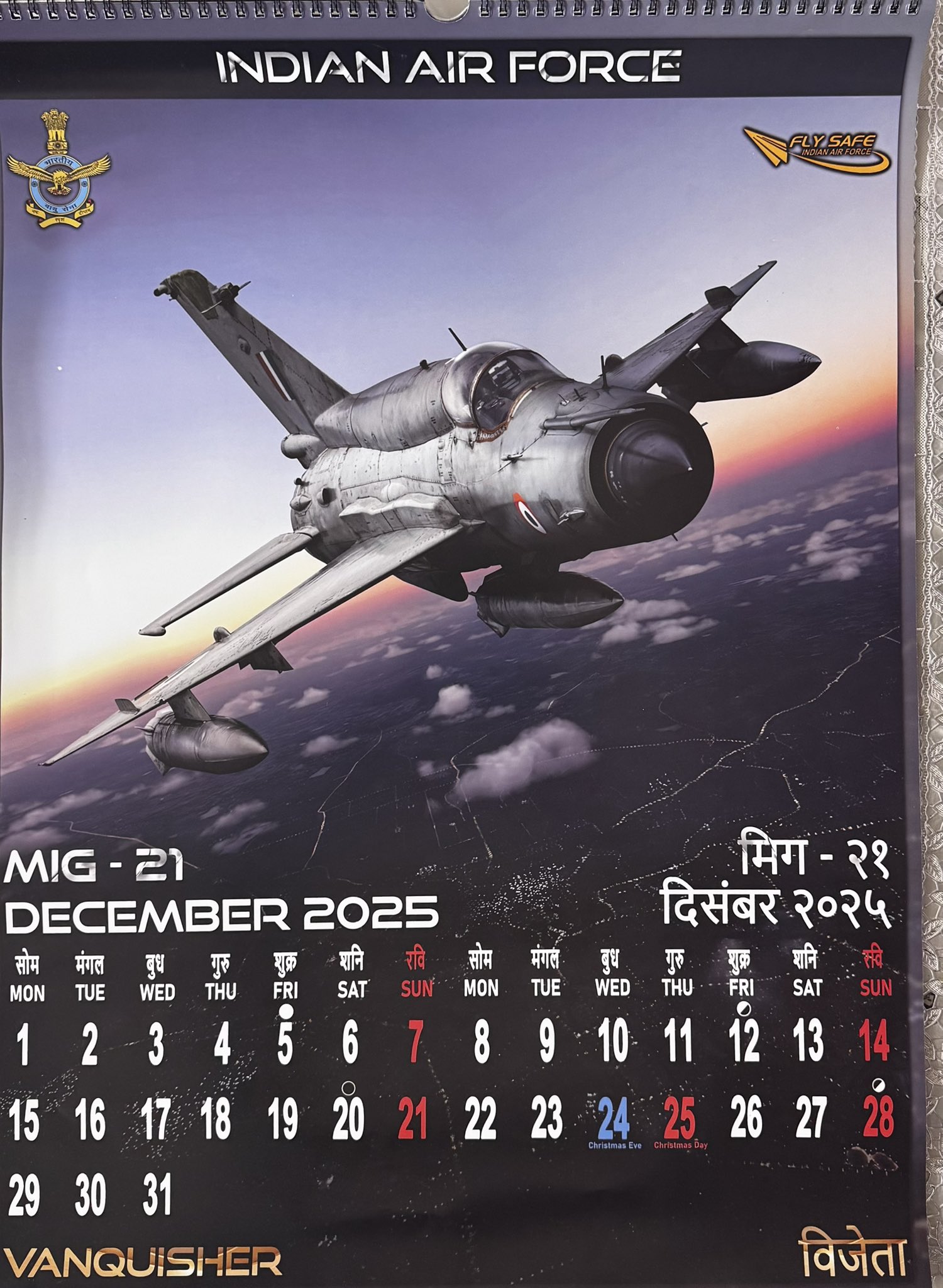

The Indian Air Force (IAF) has unveiled its 2025 calendar, which marks a poignant narrative in its history. This year’s calendar begins with the pride of modern Indian aerospace, the indigenous Light Combat Aircraft Tejas, and concludes with the legendary MiG-21 Bison, hinting at what might be the final year of service for the iconic Soviet-era jet. This layout not only celebrates the past but also heralds the future of Indian air defense.
The calendar opens with images of the Tejas, India’s first home-grown fighter jet, which symbolizes the country’s strides towards self-reliance in defense manufacturing. The Tejas, developed by Hindustan Aeronautics Limited (HAL), represents a leap in technology and capability, with versions like the Mk1A promising to integrate advanced avionics, radar systems, and weaponry. The inclusion of Tejas at the forefront of the 2025 calendar is a testament to India’s growing prowess in aerospace engineering and its commitment to modernizing the IAF’s fleet.
Continue readingSOURCE: RAUNAK KUNDE / NEWS BEAT / IDRW.ORG


A senior Indian Air Force (IAF) official, responding to China’s development of its sixth-generation fighter jet, highlighted India’s potential to replicate a similar trajectory by building on the advancements from its fifth-generation Advanced Medium Combat Aircraft (AMCA) program. Speaking to idrw.org, the official emphasized that while China may have incorporated lessons and technologies from its fifth-generation J-20 program into its sixth-generation jet, India can adopt a similar approach to ensure its future fighters remain competitive.
The official underscored the importance of the AMCA program as a stepping stone for India’s aerospace ambitions. The AMCA, which is expected to make its first flight by 2028, is being developed as a 5.5-generation stealth fighter jet with advanced technologies like AI-driven avionics and mission systems, Stealth shaping and radar-absorbent materials and Next-generation sensors and electronic warfare suites.
Continue readingSOURCE: RAUNAK KUNDE / NEWS BEAT / IDRW.ORG
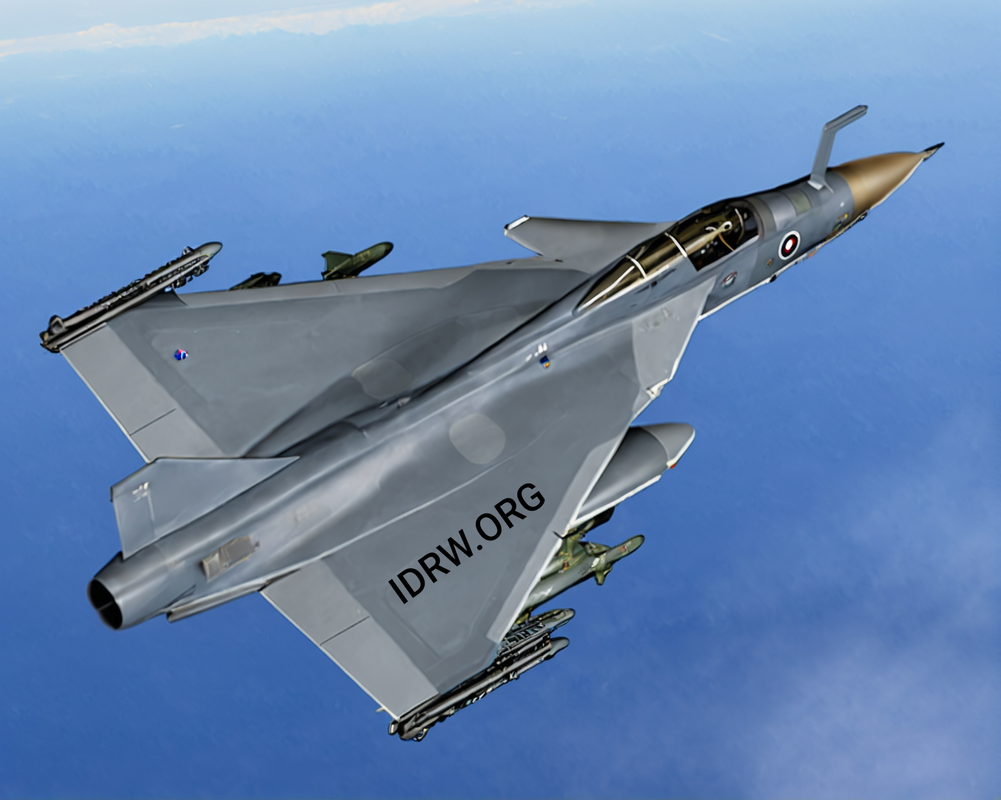

The Tejas MkII program, a significant milestone in India’s indigenous fighter jet development, is progressing smoothly under the collaborative efforts of Hindustan Aeronautics Limited (HAL) and the Aeronautical Development Agency (ADA). Both organizations are working closely to ensure that the aircraft not only makes its first flight in 2026 but also enters production by late 2029, with deliveries to the Indian Air Force (IAF) expected to commence in early 2030. This timeline is vital for the IAF, which has specific requirements for its modernization efforts and fighter fleet composition.
For the Tejas MkII to enter production at the desired time, HAL and the IAF must navigate a complex bureaucratic process. A key component of this is obtaining Clearance from the Cabinet Committee on Security (CCS), which follows the acceptance of necessity (AON) granted by the Defence Acquisition Council (DAC). The timeline for these approvals is critical; the IAF will go for CCS clearance by the end of 2027 so that the procurement process can proceed and the aircraft can be in production by late 2029.
Continue readingSOURCE: RAUNAK KUNDE / NEWS BEAT / IDRW.ORG
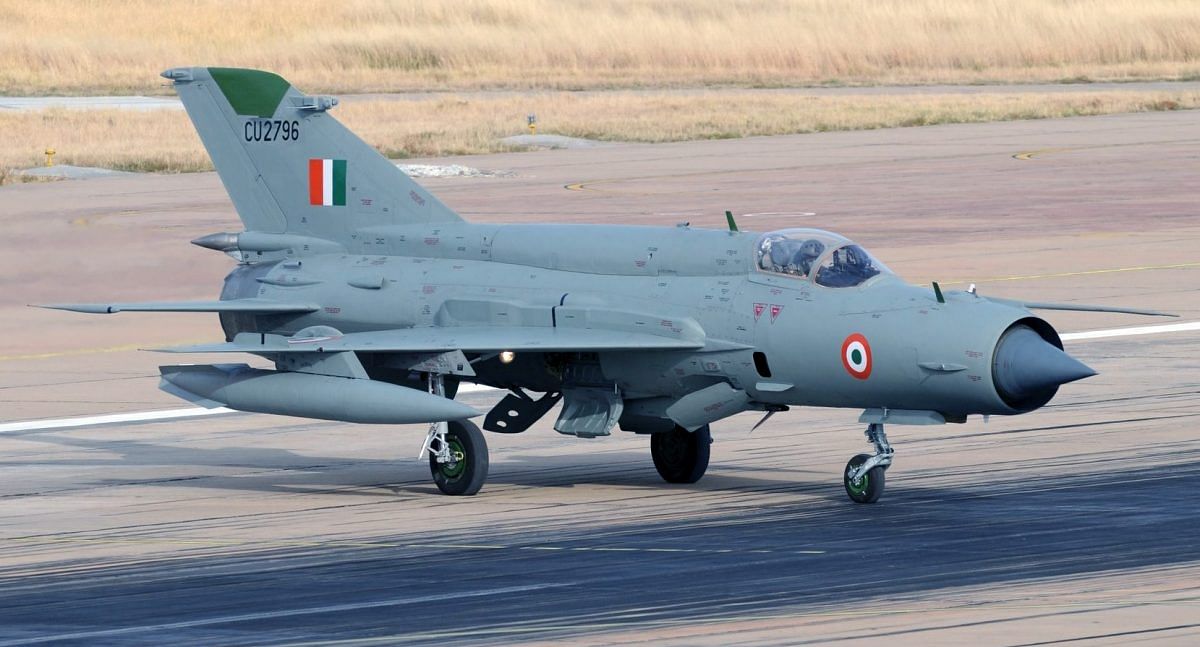

The Indian Air Force’s (IAF) iconic MiG-21 Bis fighter jets, a mainstay of India’s air power for decades, are set to retire by the end of 2025. As the final chapter of the MiG-21 Bis comes into view, discussions have emerged about the potential repurposing of these aircraft, with innovative but contentious proposals for their future use.
One of the most prominent suggestions is to convert the retired MiG-21 Bis aircraft into unmanned platforms to be used as aerial targets. These targets would serve as practice for India’s long-range air defence systems, particularly under Project Kusha, a DRDO-led program aimed at developing advanced air defence capabilities.
Continue readingSOURCE: AFI
)

Reacting to reports of China’s successful test flight of its sixth-generation fighter jet, Harsh Vardhan Thakur, the Chief Test Pilot of Hindustan Aeronautics Limited (HAL), highlighted critical gaps in India’s aerospace research and development ecosystem. Thakur’s pointed remarks underscore the urgent need for India to rethink its approach to innovation and development in defense and aerospace sectors.
In a candid comment, Thakur stated:
“Much to gain from a thriving aerospace R&D environment free from the shackles of procedural red-tape and unburdened by the fear of small failures. Beyond the tick boxes of compliances and committees. Loads to introspect from such achievements of friend and foe, alike.”
SOURCE: AFI
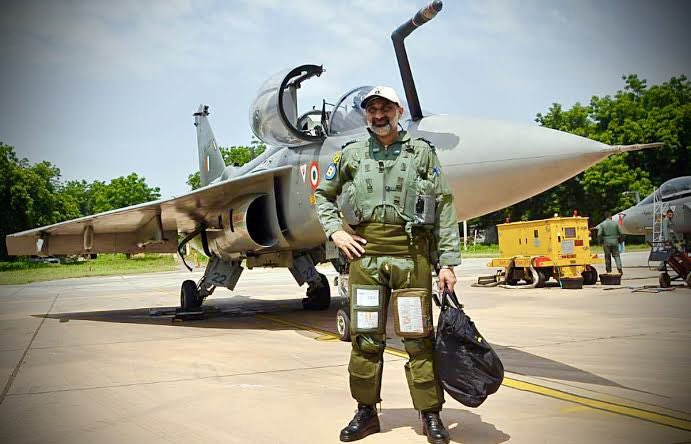

Amid persistent delays in India’s indigenous fighter jet programs, voices within the defense community are advocating for a paradigm shift in how these programs are managed. The proposal gaining momentum is to place the Indian Air Force (IAF) in charge of all fighter jet development initiatives, moving authority away from bureaucratic control. Proponents argue that the IAF’s active involvement as project managers, rather than mere end-users, could significantly streamline processes and accelerate timelines.
Programs like the Tejas Mk2 and the Advanced Medium Combat Aircraft (AMCA) have faced numerous setbacks, attributed to bureaucratic red tape, funding issues, and supply chain disruptions. Currently, these projects are spearheaded by civilian agencies like the Aeronautical Development Agency (ADA) and Hindustan Aeronautics Limited (HAL), with oversight from the Ministry of Defence (MoD). This has led to a disconnect between the operational needs of the IAF and the development timelines.
Continue readingSOURCE: AFI


India’s defense capabilities have taken a significant leap forward with the recent test of its Hybrid Hypersonic Missile, officially known as the Long-Range Air-Launched Surface-Missile (LRAShM). The missile, boasting a stated range of over 1,500 kilometers, is the longest-ranged conventional missile in India’s arsenal, solidifying its position as a leader in missile technology.
The LRAShM represents a quantum leap in India’s ability to project power and maintain a credible deterrence against adversaries, particularly in challenging terrains like the Tibetan Plateau. With hypersonic speeds and pinpoint accuracy, this missile offers India a formidable tool to neutralize critical military installations across vast distances.
Continue readingSOURCE: AFI


Amrullah Saleh, the former Vice President of Afghanistan, has publicly criticized the Pakistan Air Force (PAF) following an airstrike in Afghanistan’s Paktika province, which resulted in significant civilian casualties. In a series of posts on X (formerly Twitter), Saleh highlighted the lack of defensive capabilities in the area while questioning the effectiveness and precision of the PAF’s operation.
Saleh’s posts directly addressed the incident, stating, “There are no radar systems in Paktika. There are no air defense systems in Paktika. There are no anti-aircraft missiles in Paktika. Yet Pakistan Air Force (PAF) missed its targets and bombed civilians, mostly women and children. Wondering what will the PAF do if the mission is India and the targets are highly defended installations or sites? If Paktika is a criteria for assessment of power and precision of PAF, then the score is 0.2 from 10.”
Continue readingSOURCE: IDRW.ORG
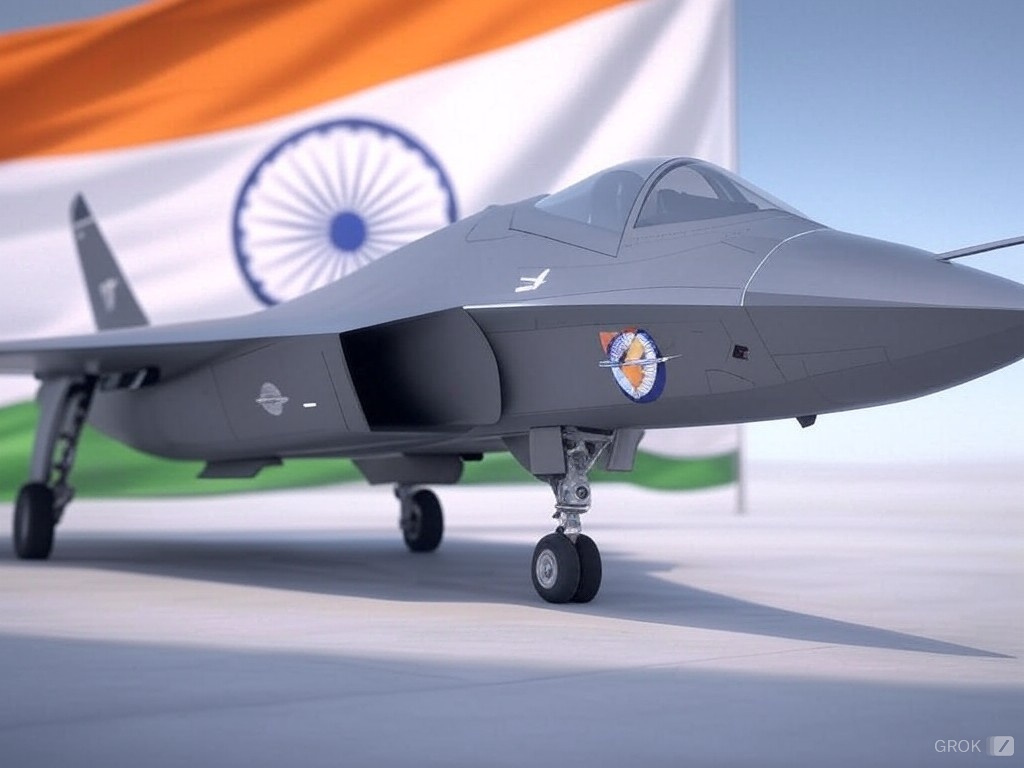

India’s ambition to develop a fighter jet fleet capable of competing with China’s rapidly advancing aviation capabilities is at a critical juncture. Defense analyst Ranesh Rajan, speaking to idrw.org, emphasized the need for at least two to three additional aviation giants alongside Hindustan Aeronautics Limited (HAL). The rationale is clear: HAL, despite its storied legacy, is overstretched and lacks the skilled manpower to execute multiple fighter jet programs at the pace required for India to close the gap with China.
HAL, India’s premier aerospace and defense company, has been the backbone of indigenous aircraft production, including the Tejas Light Combat Aircraft (LCA). However, the company’s resources are spread thin across multiple projects, from fighter jets to helicopters, leading to delays and stretched timelines in project execution.
Continue reading